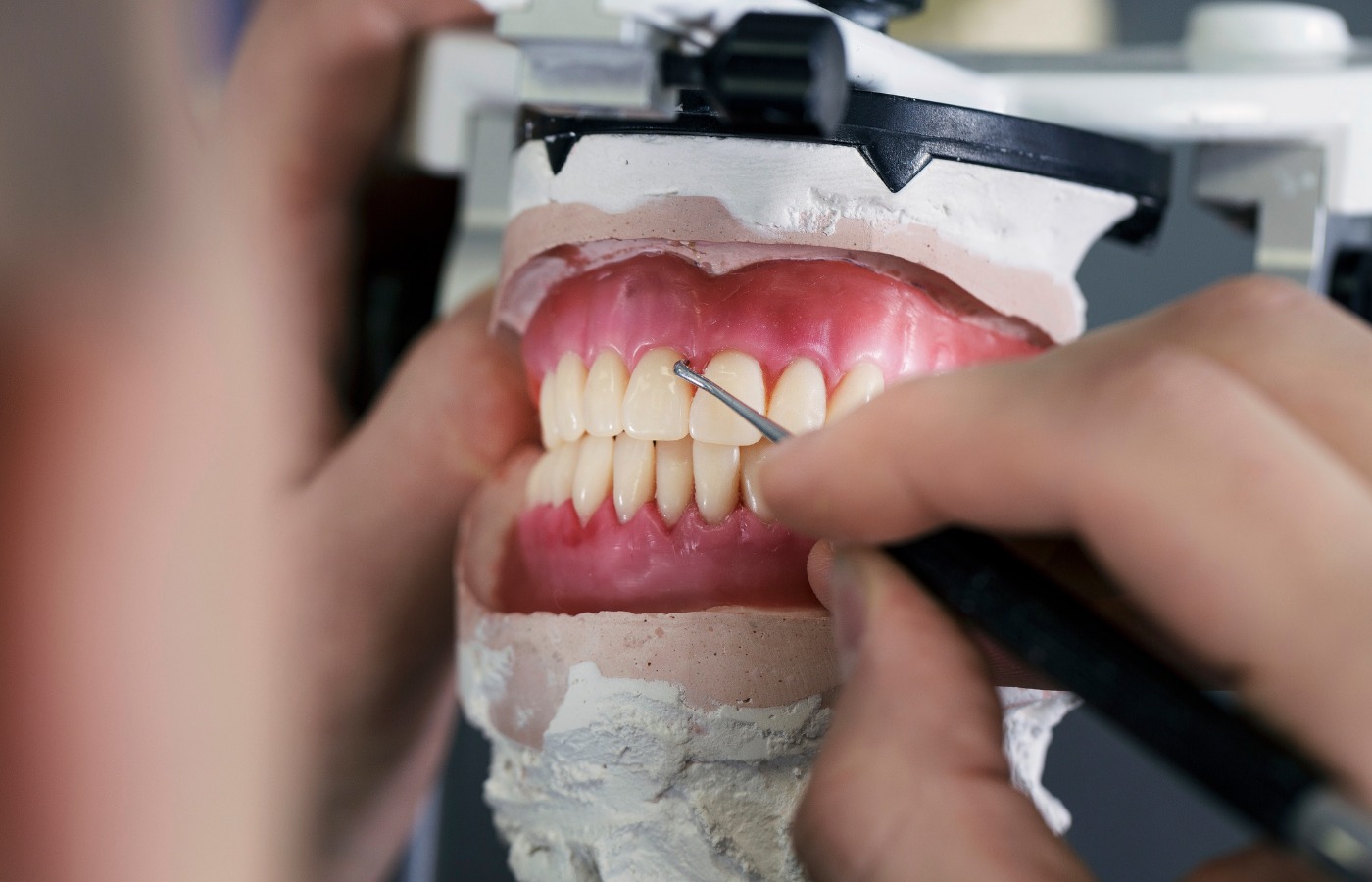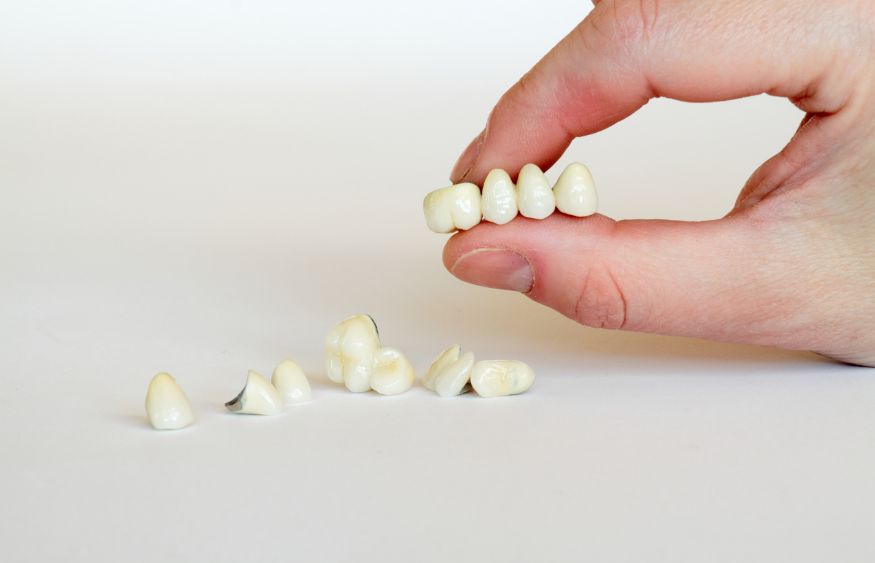
When it comes to restoring missing teeth, dental bridges are one of the most popular and effective solutions. Dental bridges are designed to fill the gap left by one or more missing teeth, providing both functional and aesthetic benefits. However, despite their proven success, there are still several common concerns and myths surrounding their safety and effectiveness.
A dental bridge is a prosthetic device used to replace one or more missing teeth. It typically consists of two crowns placed on the teeth adjacent to the gap, with a false tooth (or teeth) in between. The false tooth is known as a pontic. There are different types of dental bridges, including Maryland bridges, cantilever bridges, and traditional bridges. The type of bridge that is best suited for you will depend on various factors such as the location of the gap, the condition of surrounding teeth, and your overall oral health.
Dental bridges are widely regarded as safe and effective for restoring missing teeth. The procedure has been practiced for many years with proven success, and numerous studies support the safety and long-term effectiveness of dental bridge treatments. However, as with any dental procedure, there are certain factors to consider, and understanding these can help alleviate any concerns you may have.
The safety of a dental bridge procedure is closely tied to the skill of the dentist and the materials used. Dental professionals, especially those at reputable clinics like Diagnopein, use high-quality materials and advanced techniques to ensure the procedure is done safely. Additionally, modern advancements in dental technology have made the dental bridge treatment process more precise and comfortable than ever before.
Despite the proven success of dental bridges, many people still have concerns. Below are some of the most common worries patients have about dental bridge treatments, along with clear explanations to help address them.
1] Will the Dental Bridge Affect My Oral Health?
One of the most common concerns about dental bridges is whether they will affect your oral health. Since the procedure typically involves placing crowns over the adjacent teeth, some people worry that this might damage or weaken those teeth. However, when performed correctly, dental bridge procedures are safe for the adjacent teeth, and any potential risks are minimal. The dentist will take care to ensure that the preparation of the adjacent teeth is done conservatively to avoid unnecessary damage.
Furthermore, dental bridges help prevent bone loss in the jaw, which can occur when a tooth is missing. The bridge restores the bite function and keeps the surrounding teeth in place, thus maintaining overall oral health.
2] Will My Dental Bridge Feel Uncomfortable?
Some people fear that a dental bridge will be uncomfortable or that it will feel unnatural. However, modern dental bridges are designed to match the natural contour of your mouth, and most patients find that they adjust quickly to their new bridge. After the initial period of adjustment, the bridge should feel just like your natural teeth. The materials used for dental bridges are durable, comfortable, and designed to function like your own teeth.
3] How Long Will a Dental Bridge Last?
Another common concern is how long a dental bridge will last. While the longevity of a dental bridge depends on factors like oral hygiene, lifestyle, and the materials used, most dental bridges can last anywhere from 10 to 15 years with proper care. Regular visits to the dentist, good oral hygiene practices, and avoiding habits like grinding your teeth can help extend the life of your dental bridge.
4] Is the Procedure Painful?
The dental bridge procedure is generally not painful. Local anesthesia is used to numb the area around the teeth that will be treated, ensuring that you remain comfortable throughout the procedure. After the procedure, it is normal to experience some mild discomfort or sensitivity, but this should subside within a few days.

There are several myths about dental bridges that can make potential patients hesitate. Let's take a look at some of these myths and debunk them.
Myth 1: Dental Bridges Are Only for Older Adults -
Many people believe that dental bridges are only for older adults who have experienced tooth loss. While it is true that dental bridges are commonly used by seniors, they are suitable for people of all ages. If you’ve lost a tooth due to injury, decay, or other reasons, dental bridges can be an effective solution at any age. Maryland bridge dental and cantilever bridge dental options offer flexibility in cases where traditional bridges may not be feasible.
Myth 2: Dental Bridges Require Extensive Tooth Removal -
While it’s true that the procedure involves preparing the adjacent teeth, modern techniques are much more conservative than in the past. Dentists today aim to preserve as much of the natural tooth structure as possible. In fact, Maryland bridge dental options, for instance, require little to no tooth removal and are a great option for patients looking to avoid extensive alterations to their teeth.
Myth 3: Dental Bridges Are Expensive and Not Worth the Investment -
The dental bridge cost can vary depending on the type of bridge, materials used, and the complexity of the procedure. While the upfront cost may seem higher compared to some other dental treatments, dental bridges provide significant long-term benefits. They restore not only your smile but also your ability to chew and speak properly, improving overall quality of life. Furthermore, when you consider the longevity of dental bridges (10 to 15 years), the dental bridge cost becomes a worthwhile investment.
Myth 4: Dental Bridges Will Cause Bad Breath or Gums Problems -
When dental bridges are properly fitted and maintained, they should not cause issues like bad breath or gum problems. Good oral hygiene practices, such as regular brushing and flossing, are essential for keeping your gums healthy around the bridge. You should also visit your dentist regularly for checkups and cleanings to ensure your bridge and gums remain in top condition.
There are several types of dental bridges, and the right one for you will depend on your specific needs. Here are some common types:
1] Maryland Bridge Dental -
A Maryland bridge dental is often used for replacing missing front teeth. It requires minimal tooth preparation, as it involves bonding the bridge to the back of the adjacent teeth using metal or porcelain wings. This type of bridge is particularly beneficial for patients who want a less invasive solution and minimal alteration to their healthy teeth.
2] Cantilever Bridge Dental -
A cantilever bridge dental is used when there is only one adjacent tooth available to anchor the bridge. This type of bridge is often used for replacing missing teeth in areas of the mouth that do not undergo significant pressure from chewing.
Dental bridges are a trusted and effective solution for filling gaps caused by missing teeth. At Diagnopein, we ensure that each procedure is performed with the utmost care, using advanced techniques for long-lasting results. If you're considering a dental bridge, don't hesitate to reach out to us and discover how we can help restore your smile safely and effectively.